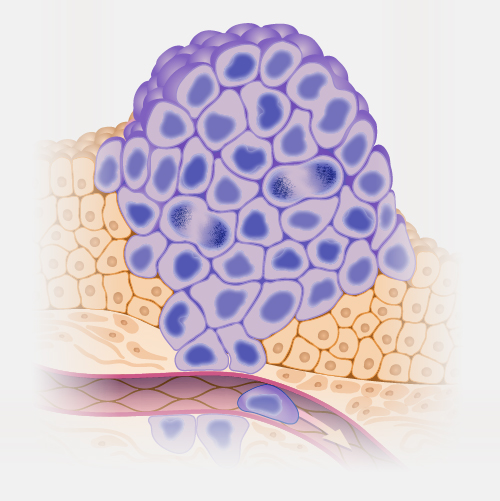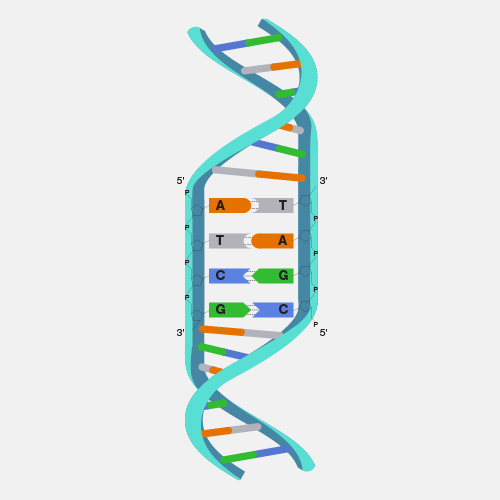Epigenome
Definition
The term epigenome is derived from the Greek word epi which literally means "above" the genome. The epigenome consists of chemical compounds that modify, or mark, the genome in a way that tells it what to do, where to do it, and when to do it. Different cells have different epigenetic marks. These epigenetic marks, which are not part of the DNA itself, can be passed on from cell to cell as cells divide, and from one generation to the next.
Narration
The epigenome is the collection of all of the epigenetic marks on the DNA in a single cell. The epigenomic marks different between different cell types. So, a blood cell will have different marks or modifications than a liver cell. The epigenomic modifications, the whole collection of all of the epigenetic marks on my blood cell DNA should be more similar to all of the marks on your blood cell DNA than to the collection of all the marks on my liver cell DNA. So this is a way of defining a particular type of cell. Now due to individual differences my epigenome will differ from your epigenome even in the same tissue. It's those differences that make us all individuals, and we'll see even greater changes in a state of disease. So a comparison of a normal cell and all of its epigenetic marks, or the epigenome of that cell, will differ from the diseased state of that same cell type. And we can use these differences to figure out mechanisms of disease.




